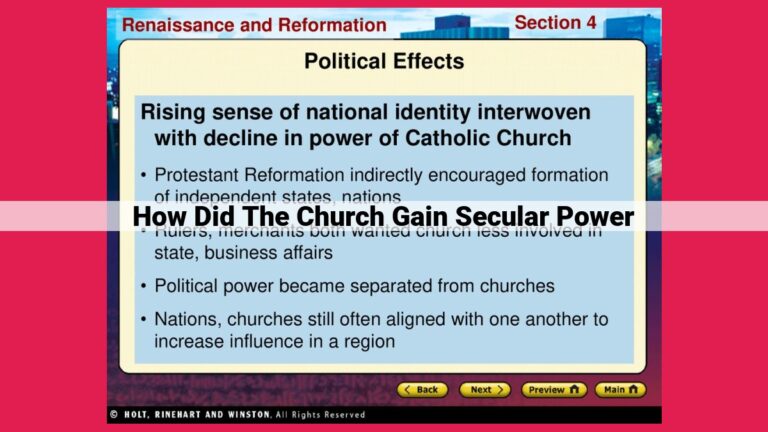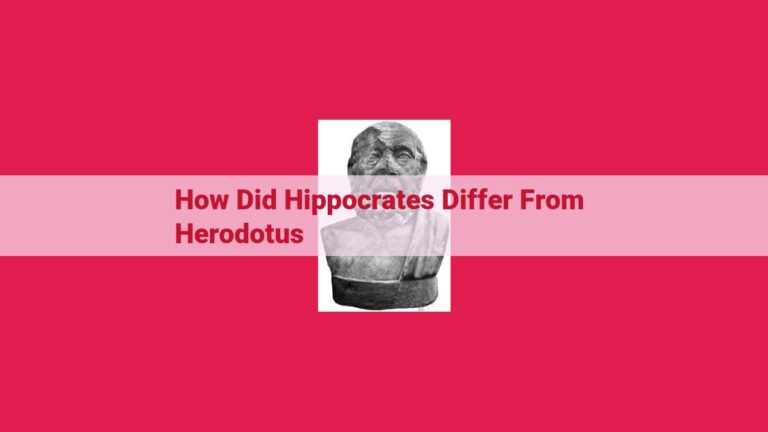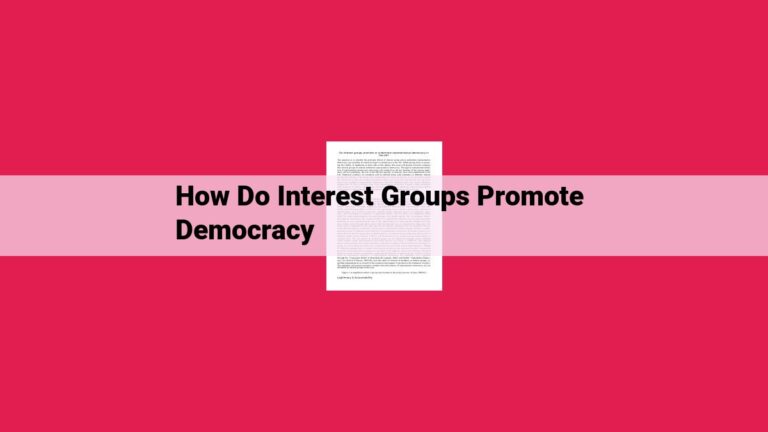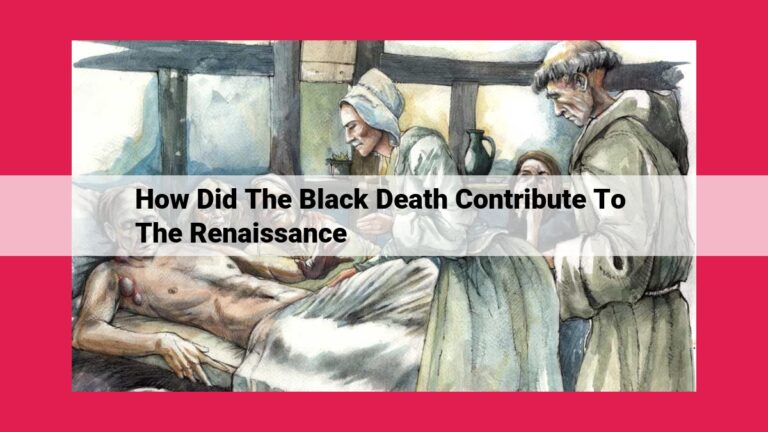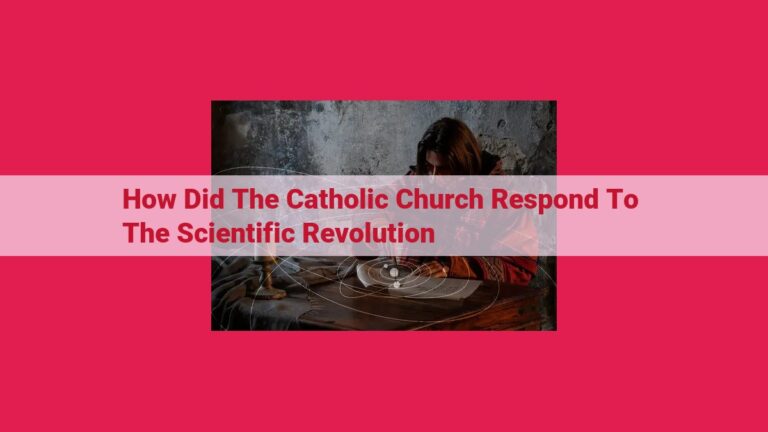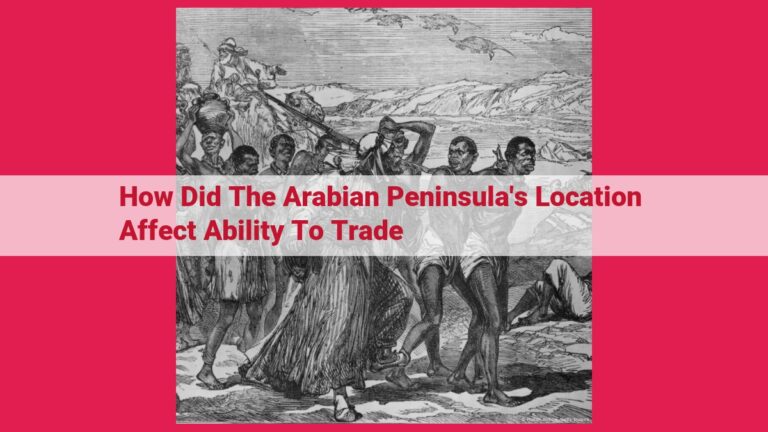The Impact Of Humanism, Rationalism, And Secularism: A Comprehensive Examination Of The Renaissance
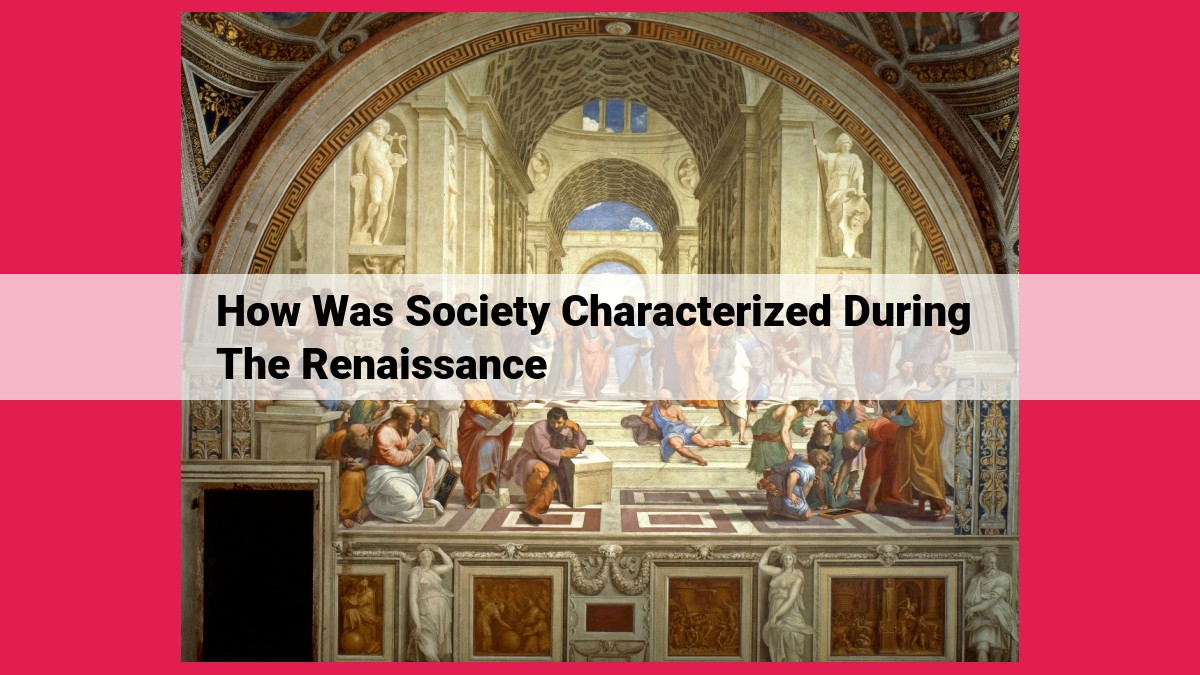
During the Renaissance, society was characterized by humanism, individualism, rationalism, and secularism. Humanism emphasized human experience and intellect, while individualism fostered self-reliance and personal expression. Rationalism promoted logic and science, leading to advances in astronomy and medicine. Secularism separated church and state, while artistic realism depicted the world accurately. Exploration expanded horizons and connected continents, while urbanization led to the growth of cities and trade. However, society also maintained a rigid social hierarchy and limited educational opportunities for most people.
Humanism: The Renaissance Revival of Human Reason
- Explore the philosophical shift towards emphasizing human experience, intellect, and individuality.
Humanism: The Renaissance Revival of Human Reason
Amidst the twilight of the medieval era, a nascent flame flickered—an awakening that would forever alter the course of human thought. The Renaissance, a period of rebirth and intellectual resurgence, heralded the dawn of humanism.
Like a gentle breeze whispering through ancient ruins, humanism swept through society, heralding a profound philosophical shift. This movement**, emphasizing** human experience, intellect, and individuality, became the guiding light of the Renaissance.
No longer were divine revelations the sole source of knowledge. Human reason and logic emerged as potent tools for understanding the world. Sages and scholars embarked on a quest to rediscover the lost wisdom of ancient Greece and Rome, seeking insights into the nature of humanity and the mysteries of the cosmos.
Individualism, an offshoot of humanism, took root in Renaissance society. The individual, once a mere cog in the feudal system, now began to assert their own identity and aspirations. Self-reliance and autonomy became virtues to be cherished, fostering a spirit of innovation and creativity that would forever shape the future.
Individualism: The Rise of Self-Reliance in the Renaissance
As the embers of medievalism flickered, the Renaissance sparked a profound transformation in human consciousness. The chains of collective identity that had bound individuals for centuries began to crumble, fostering a burgeoning sense of self.
During this effervescent era, humanism took center stage, emphasizing the inherent worth and potential of every individual. Philosophers like Erasmus and Montaigne extolled the virtues of reason, curiosity, and personal experience.
This intellectual awakening emboldened individuals to question traditional norms and chart their own paths. They no longer accepted the dogma of the Church or the dictates of feudal society. Instead, they sought autonomy, self-determination, and the freedom to pursue their own interests.
Education became a key catalyst for this burgeoning individualism. While still limited to a privileged few, the rise of universities and the spread of classical texts exposed people to new ideas and perspectives that challenged conventional wisdom.
Artists played a pivotal role in capturing this spirit of individuality. Their works celebrated the human form, nature, and everyday scenes, imbuing them with a realism and emotional depth that had been absent from medieval art.
The rise of individualism had a profound impact on society. It underpinned the Reformation, as people sought to interpret religious texts for themselves rather than rely on the authority of the Church. It also laid the foundation for modern science, as scholars embraced empirical observation and rational inquiry.
Today, the legacy of Renaissance individualism continues to shape our world. We value our individual rights, freedoms, and the pursuit of happiness. We recognize the importance of critical thinking and the right to question authority. And we remain inspired by the transformative power of art that celebrates the human spirit.
**Rationalism: The Triumph of Logic and Science**
The Renaissance witnessed a profound shift in intellectual thought, marked by the rise of rationalism. This movement placed utmost importance on reason and empirical observation, rejecting the dogmatic beliefs and superstitious practices of the medieval era.
The Birth of Science and Astronomy:
Inspired by the works of ancient Greek philosophers like Aristotle, thinkers of the Renaissance began to question the prevailing theories of the time. Through logical reasoning and experimentation, scientists like Nicolaus Copernicus, Galileo Galilei, and Johannes Kepler made groundbreaking discoveries in astronomy. Copernicus proposed his heliocentric theory, challenging the long-held belief that the Earth was the center of the universe. Galileo developed the telescope, revolutionizing observations of the cosmos. Kepler’s laws of planetary motion provided a mathematical framework for understanding the solar system.
The Scientific Revolution:
Isaac Newton emerged as a pivotal figure during the Scientific Revolution, formulating the laws of motion and universal gravitation. His work laid the foundation for modern physics. Other notable scientists of this period included William Harvey, who discovered the circulation of blood, and Andreas Vesalius, who pioneered the study of human anatomy. The scientific method, based on observation, hypothesis, and experimentation, became the cornerstone of scientific inquiry.
Technological Advancements:
The emphasis on logic and science led to numerous technological innovations. Leonardo da Vinci’s sketches and inventions demonstrated an extraordinary understanding of human anatomy, engineering, and flight. The invention of the printing press by Johannes Gutenberg facilitated the mass dissemination of knowledge and ideas, further fueling the Renaissance.
Secularism: The Separation of Church and State in the Renaissance
During the Middle Ages, the Church held an ironclad grip on society. It dictated not only spiritual matters but also everyday life, wielding immense political power. However, as the Renaissance dawned, a gradual shift towards secularism began to take hold.
The influence of humanism and rationalism chipped away at the Church’s authority. People began to question traditional beliefs and seek answers through science and logic rather than religious dogma. This intellectual awakening led to a decrease in the Church’s influence on governance and social life.
As cities grew and trade flourished, the mercantile class gained prominence. These merchants and artisans resented the Church’s heavy taxation and its interference in economic matters. They pushed for a separation between Church and State, believing that secular authorities should control temporal affairs.
In some areas, such as the Italian city-states of Florence and Venice, rulers took steps to assert their independence from the Church. They established secular courts and limited the Church’s involvement in government. This process culminated in the Protestant Reformation, which further weakened the Church’s authority and paved the way for a more secular society.
The Renaissance marked a pivotal time in the history of Western civilization, and the rise of secularism was a significant part of that transformation. It ushered in a new era where reason and human experience took precedence over religious dogma, laying the foundation for the modern world we live in today.
Artistic Realism: Capturing the World with Clarity
During the Renaissance, a profound shift occurred in the art world. Artists no longer sought to depict the world as they believed it should be, but rather as they observed it. This revolutionary concept gave birth to artistic realism, a style that accurately captured the human form, nature, and **everyday scenes*.
Human Form and Nature
Renaissance artists such as Leonardo da Vinci and Michelangelo meticulously studied the human anatomy, proportions, and movements. Their paintings and sculptures depicted humans with unprecedented naturalism, capturing their beauty, grace, and imperfections.
Nature too became a source of inspiration. Artists like Jan van Eyck and Pieter Bruegel rendered* landscapes with **startling precision, capturing the subtleties of light, shadow, and texture. Their works revealed the wonders of the natural world, from distant mountains to delicate blossoms.
Everyday Scenes
While religious themes remained popular, Renaissance artists also began to depict everyday life. Pieter de Hooch and Johannes Vermeer immortalized* domestic scenes, showcasing the **simplicity and intimacy of family life. Their works provide a glimpse into the daily routines of people from all walks of life.
Impact of Artistic Realism
Artistic realism transformed the way art was created and perceived. It encouraged observation, experimentation, and accuracy. Artists began to explore new techniques and materials, such as oil paints and canvas, which allowed for greater detail and expressiveness.
Furthermore, artistic realism influenced other areas of thought. It promoted a more rational and scientific approach to the world, encouraging investigation and discovery. In turn, this contributed to the intellectual and cultural revolution that characterized the Renaissance.
The Scientific Revolution: Unlocking the Secrets of Nature
During the Renaissance, a profound shift occurred, ushering in the Scientific Revolution – an era of groundbreaking discoveries that transformed humanity’s understanding of the natural world. This intellectual awakening was driven by a thirst for knowledge, a belief in the power of observation and experimentation, and a departure from traditional dogma.
At the heart of the Scientific Revolution was the Copernican Revolution, which challenged the long-held belief that the Earth was the center of the universe. Nicolaus Copernicus proposed that the Earth and other planets orbited the Sun, a theory later supported by the observations of Galileo Galilei. This shift in perspective laid the foundation for a new understanding of astronomy and physics.
Alongside astronomy, physics experienced significant advancements. Isaac Newton emerged as one of the most influential scientists of the era, formulating the laws of motion and universal gravitation. His work provided a framework for understanding the behavior of objects in motion and was pivotal in shaping modern physics.
Another area that flourished during the Scientific Revolution was medicine. Andreas Vesalius challenged traditional medical practices by emphasizing the importance of observation and dissection. His pioneering work on human anatomy revolutionized the field of medicine and improved surgical techniques.
The Scientific Revolution was not solely confined to Europe. In China, astronomers such as Shen Kuo made significant contributions to understanding the solar system and proposed theories on cosmology. Islamic scholars like Ibn al-Haytham made strides in optics and developed the principles of refraction and reflection.
The Scientific Revolution was a pivotal moment in human history, laying the groundwork for advancements in science, technology, and medicine. Its legacy continues to shape our understanding of the world around us, serving as a testament to the transformative power of human inquiry and the pursuit of knowledge.
Exploration: Expanding Horizons and Connecting Continents
- Explore the Age of Discovery, the impact of European exploration on global trade, and the rise of colonialism.
Exploration: Expanding Horizons and Connecting Continents
During the Renaissance, Europe underwent a profound transformation, driven by a spirit of exploration and discovery. Inspired by scientific advancements and a thirst for knowledge and wealth, European explorers embarked on daring voyages that would forever alter the course of human history.
The Age of Discovery, spanning the 15th to 17th centuries, witnessed the rise of maritime empires such as Spain, Portugal, and England. These countries sent expeditions across vast oceans, seeking new territories, trading opportunities, and potential riches.
Exploration had a profound impact on global trade. The establishment of trade routes between Europe, Asia, Africa, and the Americas revolutionized the exchange of goods and ideas. Exotic spices, silks, and precious metals flowed into Europe, while European manufactured goods and technologies found their way to far-off lands.
However, European exploration also brought with it the rise of colonialism. As explorers claimed territories for their own countries, they often established colonies, exploiting local resources and imposing their own political and cultural systems. This resulted in power imbalances, conflicts, and the displacement of indigenous populations.
The Age of Discovery remains a pivotal moment in human history. It not only expanded the known world but also connected continents, leading to cultural exchange, technological advancements, and the globalization of trade and politics. The legacy of exploration continues to shape our world today, influencing our understanding of global interdependence, cultural diversity, and the human desire to explore the unknown.
Urbanization: The Rise of Cities
- Analyze the growth of cities, the influx of trade and industry, and the social and economic effects of urbanization.
Urbanization: The Rise of Cities in the Renaissance
As the Renaissance dawned, Europe witnessed a profound transformation that would forever alter its social and economic landscape: the rise of cities. Once confined to small villages and hamlets, people flocked to urban centers in search of opportunity and prosperity. With the influx of trade and industry, cities became hubs of commerce, innovation, and cultural exchange.
The growth of cities was driven by several factors. Agricultural advancements and the development of new agricultural techniques increased food production, providing a surplus that could support a larger population. The rise of trade and commerce also attracted merchants and artisans to urban areas, where they could connect with markets and establish businesses. The influx of people led to the expansion of existing cities and the founding of new ones.
The social and economic effects of urbanization were far-reaching. As cities grew, they became bustling centers of activity. Specialized trades and professions emerged, catering to the needs of a diverse urban population. Guilds and labor unions formed to protect the interests of workers and ensure fair wages. The concentration of people and resources in cities fostered the development of new ideas and technologies.
However, urbanization also brought challenges. Overcrowding and poverty became rampant in many cities. Housing was scarce and often unsanitary, leading to the spread of disease. Social inequality was also a pressing issue, with the wealthy elite living in opulent mansions while the poor struggled to survive in overcrowded slums.
Despite these challenges, cities remained crucibles of innovation and progress. They provided opportunities for learning, social mobility, and artistic expression. The rise of universities and academies gave rise to new generations of scholars and thinkers. Public spaces, such as plazas and markets, became venues for civic engagement, cultural exchange, and entertainment.
The urbanization of the Renaissance transformed Europe’s social and economic landscape. Cities became centers of commerce, innovation, and cultural production. While they presented challenges, they also provided opportunities for people to improve their lives and contribute to the development of civilization. The legacy of the Renaissance city continues to shape the urban environments in which we live today.
Social Hierarchy: A Complex Tapestry of Status in the Renaissance
The Renaissance period was a time of profound transformations, but beneath the surface of its cultural and intellectual awakening lay a complex social fabric characterized by deep-rooted inequalities. The social hierarchy that prevailed during the Renaissance shaped every aspect of life, from the privileges enjoyed by the elite to the limitations faced by the commoners.
The social structure was rigid and stratified, with society divided into distinct classes. At the apex sat the nobility, comprising royalty, dukes, and lords, who wielded immense power and wealth. Below them were the clergy, who played a significant role in both spiritual and temporal affairs. The merchants and artisans formed the middle class, while the vast majority of the population belonged to the peasantry.
Feudalism was the dominant social and economic system of the Renaissance. Feudal lords held vast estates and exercised authority over the peasants who worked their lands. The peasants, in turn, were bound to the land and obligated to provide labor and other services to their feudal lords. This system perpetuated a cycle of dependence and inequality.
Religion was another powerful force that reinforced the social hierarchy. The Catholic Church held sway over all aspects of life, and its teachings emphasized the importance of social order and the divine rights of kings. The clergy enjoyed considerable wealth and privilege, and the Church’s rituals and ceremonies served to legitimize the existing social structure.
The rigid social hierarchy of the Renaissance had far-reaching consequences. It limited social mobility and restricted opportunities for education and advancement for those born into lower classes. The gap between the rich and the poor was vast, and the common people often endured harsh living conditions and exploitation. Nonetheless, the Renaissance also witnessed the rise of individualism, which challenged the traditional social order and paved the way for future social and political transformations.
Limited Education: The Knowledge Gap
Embracing the Renaissance’s Intellectual Awakening
The Renaissance was a period of profound intellectual rebirth, marked by a resurgence of humanism and scientific inquiry. However, this enlightenment was not shared equally by all. While a select few reveled in the pursuit of knowledge, the majority of the population languished in the darkness of illiteracy.
A Restrictive Educational Landscape
During the Renaissance, formal education was largely confined to the elite. Universities were primarily accessible to the wealthy and privileged, leaving the masses with little access to structured learning. Traditional guilds and religious institutions offered some basic instruction in practical skills, but these were insufficient to provide the intellectual foundation that could fuel the Renaissance’s intellectual revolution.
Consequences of Limited Literacy
The lack of educational opportunities had far-reaching consequences. Literacy rates were extremely low among the common people, limiting their ability to participate in the cultural and political debates that shaped the era. Social mobility was stifled, as only those from privileged backgrounds had the knowledge and skills necessary for upward movement.
Implications for Inequality
The knowledge gap further exacerbated existing inequalities. Those with access to education had a distinct advantage in navigating the complexities of Renaissance society. They could secure positions of power and influence, while the uneducated masses remained trapped in a cycle of poverty and exploitation.
Seeds of a Brighter Future
While the Renaissance’s educational system was limited, it did sow the seeds for future progress. Humanistic thinkers like Erasmus of Rotterdam and Thomas More advocated for a broader dissemination of knowledge. The invention of the printing press in the 15th century made it possible to reproduce books more cheaply and widely, paving the way for a more literate society in the years to come.
